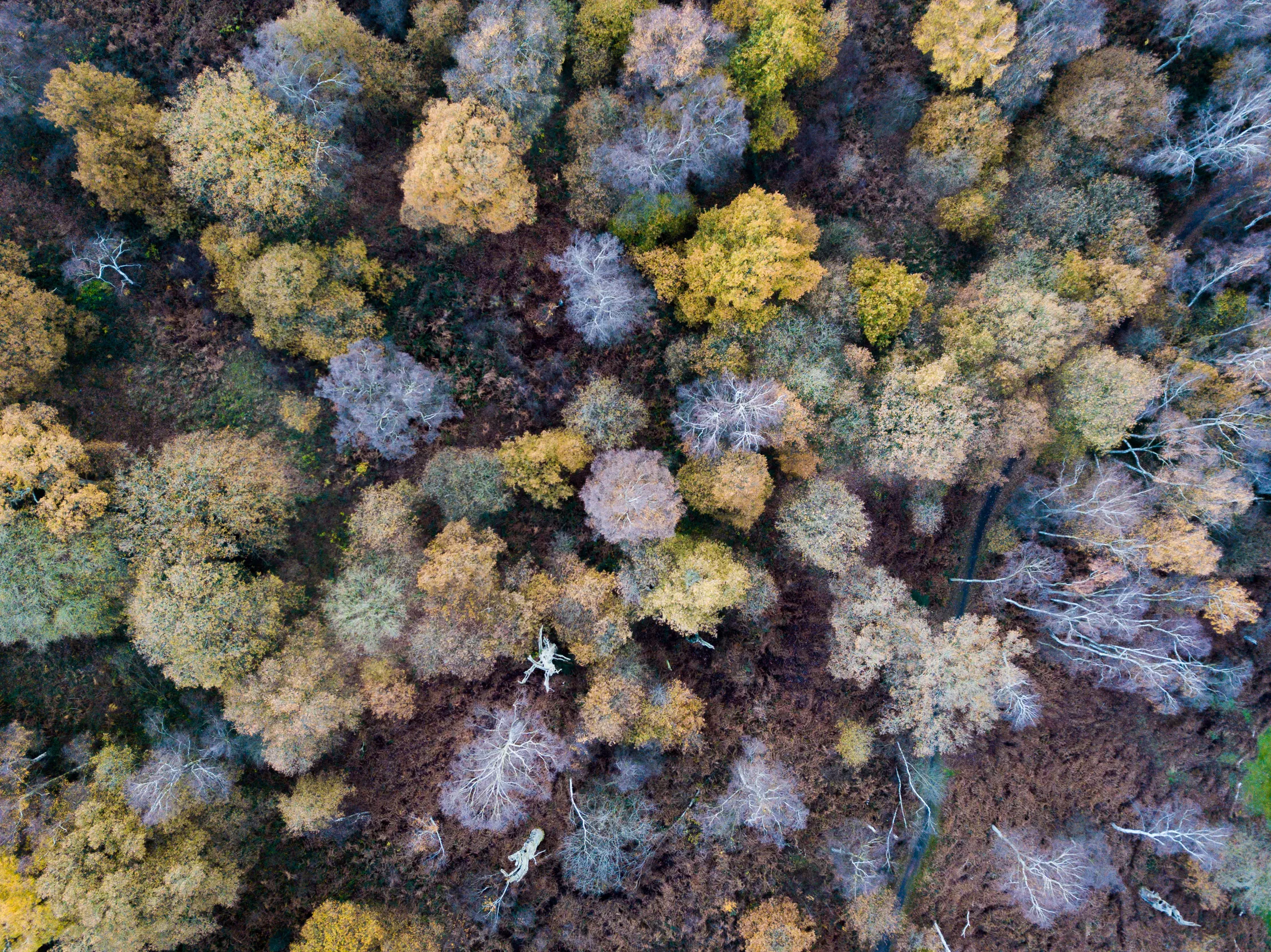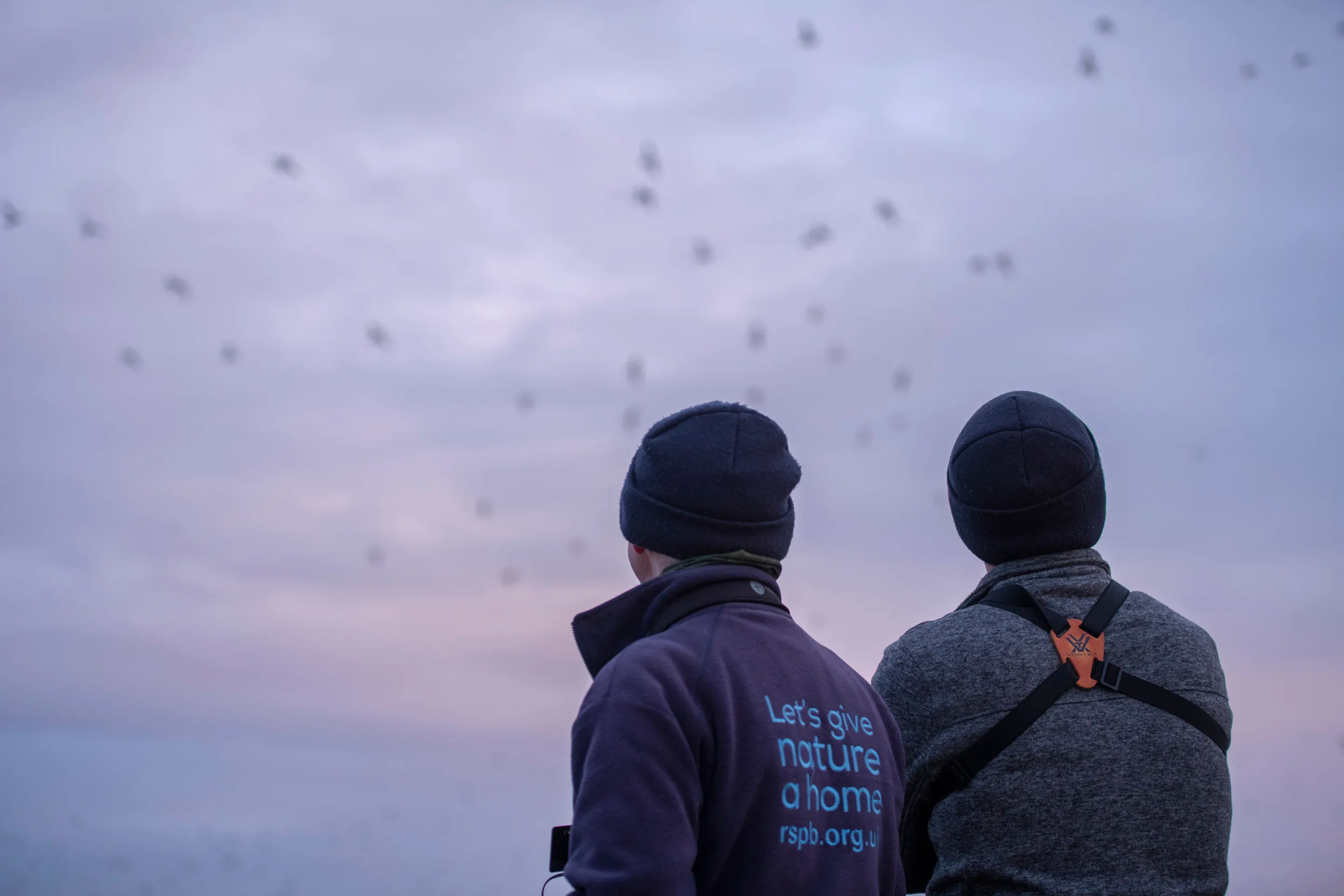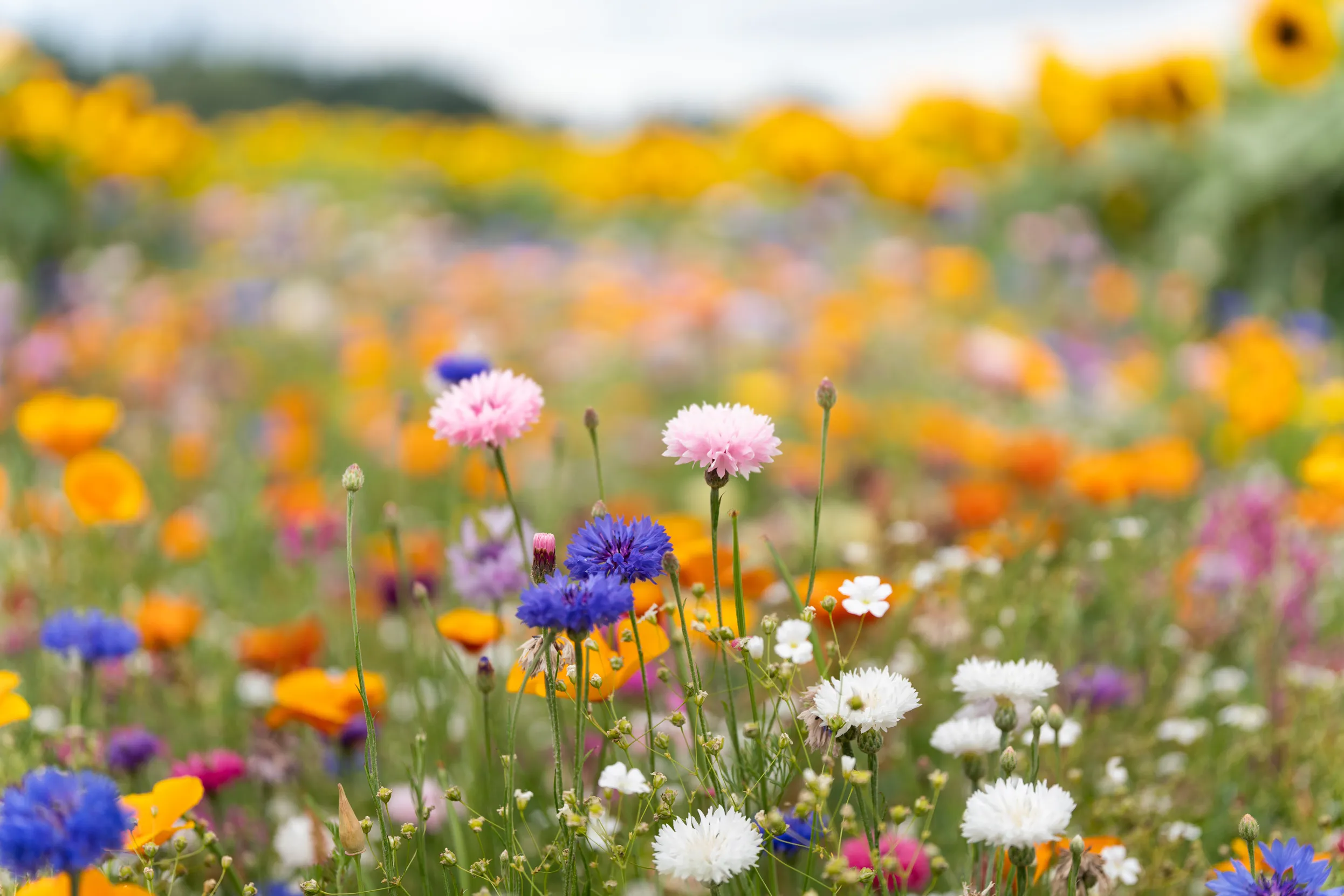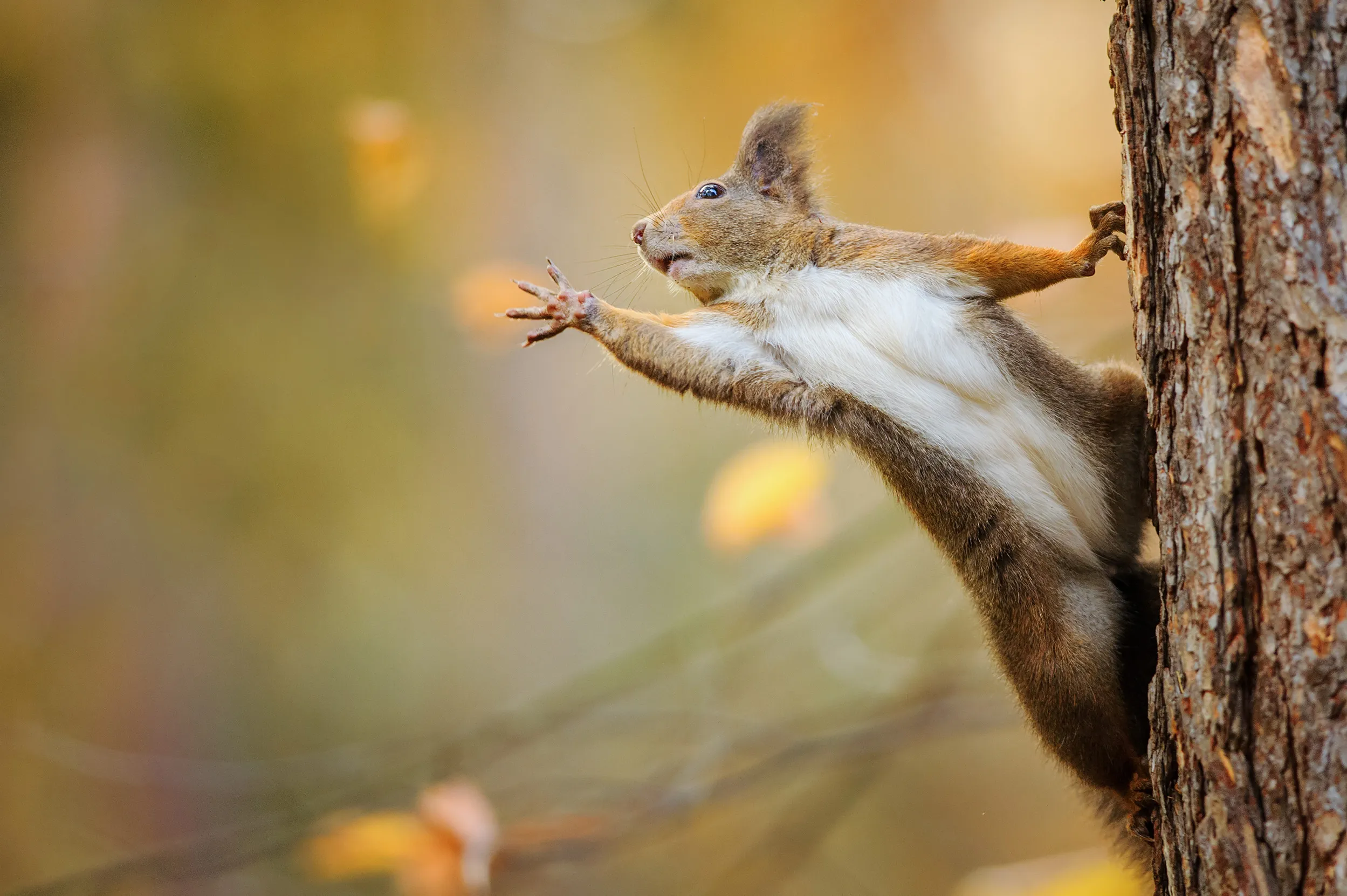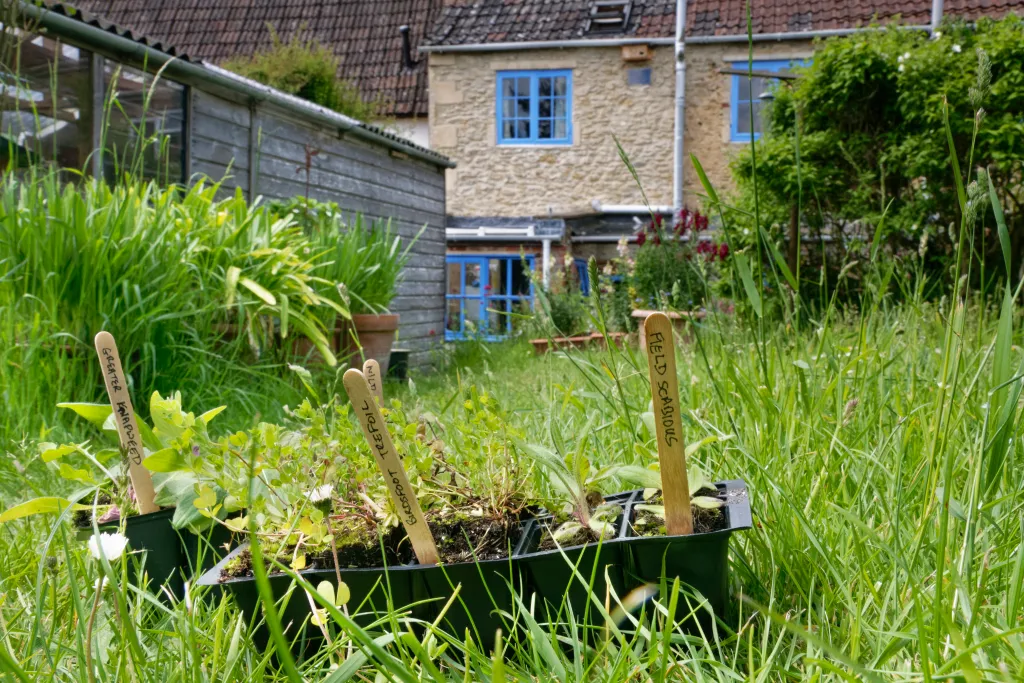You’ll no doubt have heard that we’re in a climate emergency. But did you know that we’re also facing a nature emergency too? The fact is, the two are interlinked, with each one exacerbating the other. Nature’s recovery is the key to tackling the climate crisis, so by helping nature in your neighbourhood you’ll also be helping in the fight against climate change.
Your local authority has the power to help nature thrive in your community, so if they haven’t already done so, ask them to declare a nature emergency, accompanied by measurable targets for recovering nature and a clear action plan for how they will achieve those targets.
For guidance on how to do this, visit the Hampshire & Isle of Wight Wildlife Trust’s website. They’ve helpfully included a pre-written email template which you can send to your councillors, (wherever you are in the UK), demanding that they submit a motion to declare a nature emergency. You can copy and personalise the template, then send it directly to your local councillors using Write to Them. Alternatively, if you prefer, you could write a message of your own, from scratch.
